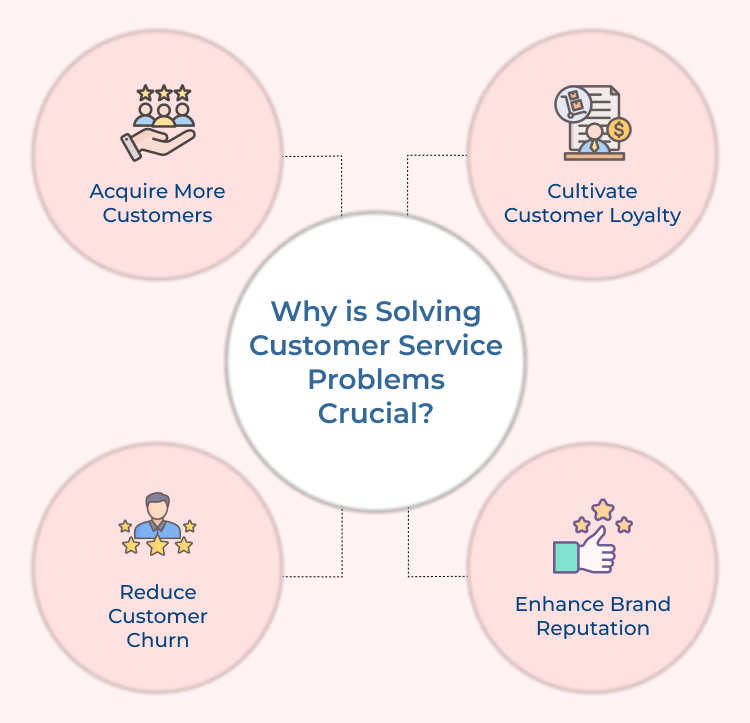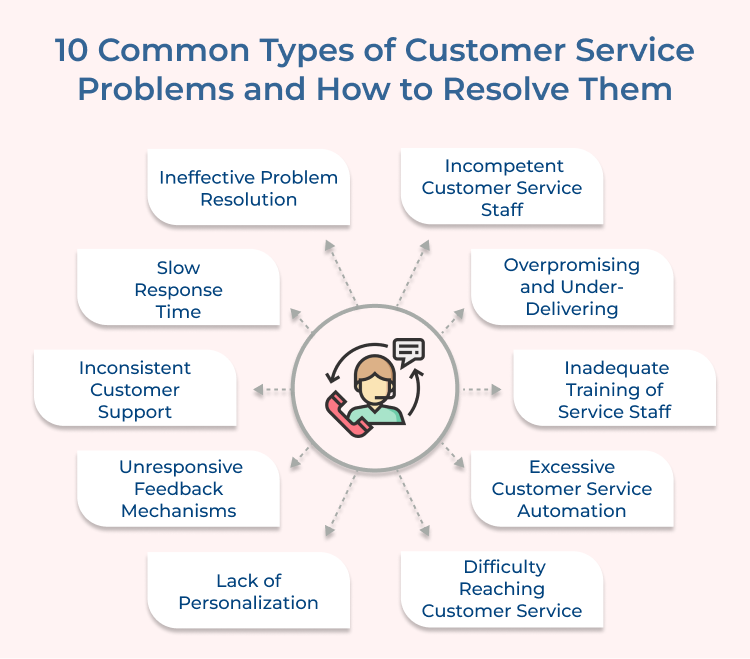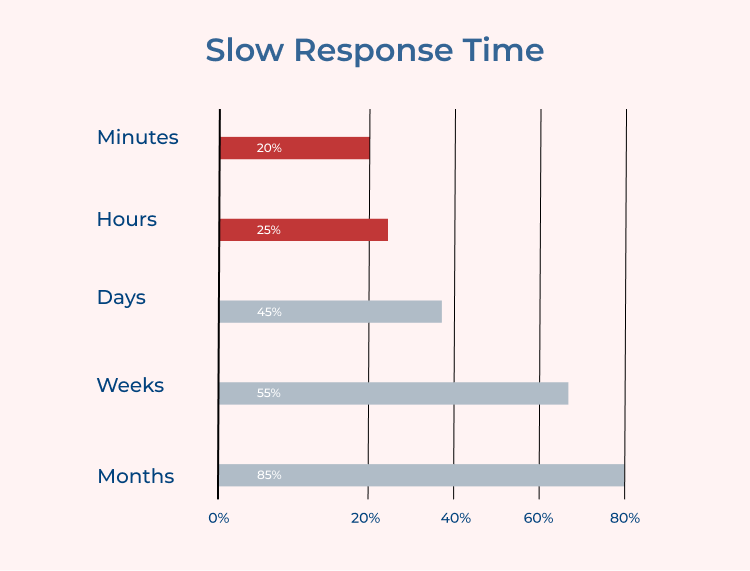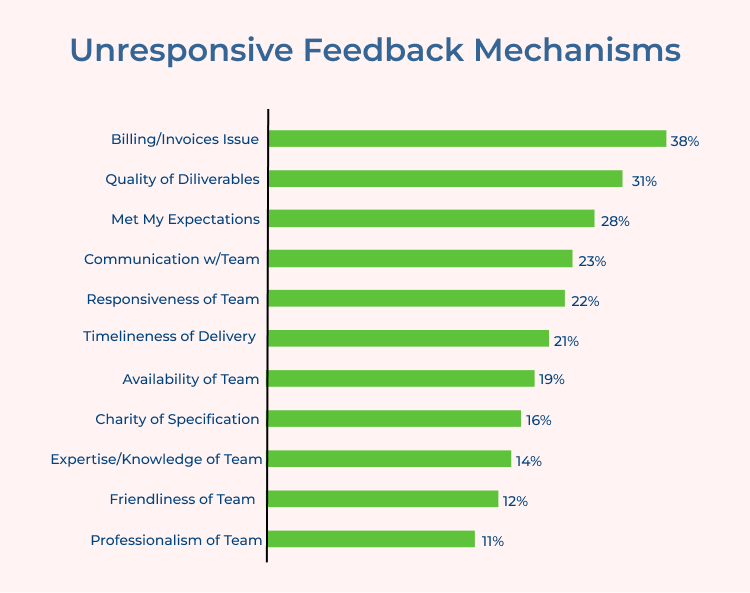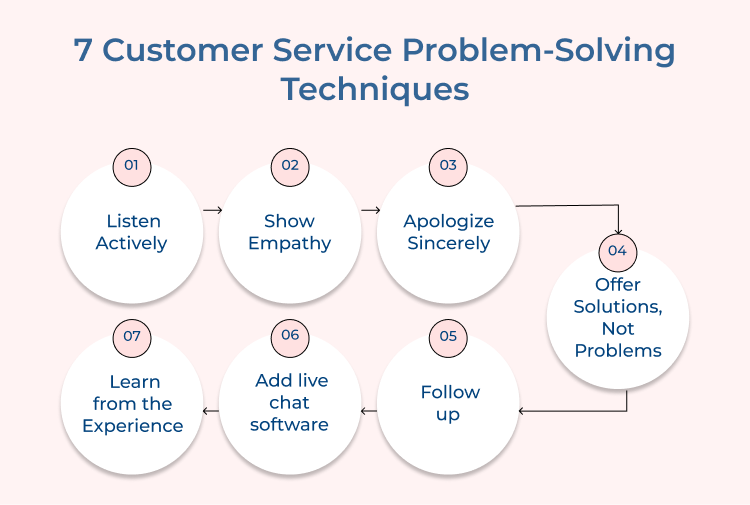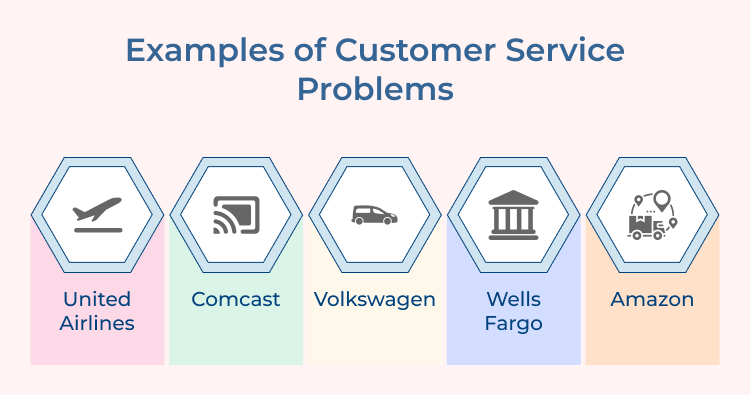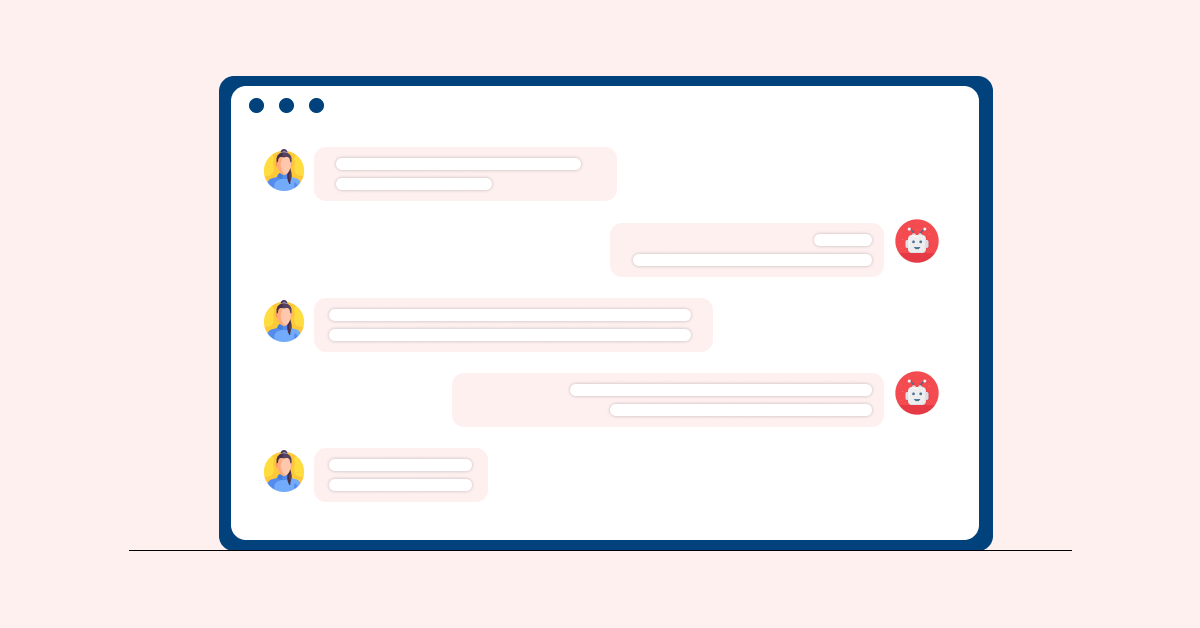Slow response times usually happen due to understaffing, inefficient communication systems, or a lack of prioritization for customer service. It is essential for companies to prioritize prompt responses to customer queries to maintain good customer relationships.
How to fix customer service issues effectively?
- Invest in customer service tools and technologies like live chat, chatbots, ticketing systems and automated email responses to streamline response times.
- Hire additional staff or extend customer service hours to ensure that there is always someone available to respond to customer requests promptly.
- Set clear response time benchmarks and goals for customer service staff. Regularly monitor and evaluate their performance to identify any bottlenecks in the response process.
4. Inconsistent Customer Support
Consistency is key in customer service.
As customers expect the same level of service quality each time they interact with the company. Inconsistencies in service delivery can lead to customer confusion and dissatisfaction.
The main reason for inconsistency in service can be caused by poor communication, lack of standard operating procedures, or inadequate oversight of customer service operations. Implementing clear guidelines and protocols for customer interactions can help ensure consistent service delivery.
How to handle customer service issues?
- Develop standardized service protocols and procedures that all customer service staff must follow, to ensure a consistent experience for all customers.
- Monitor customer service interactions regularly. provide feedback and coaching to staff who are not adhering to service standards.
- Implement quality control measures, such as mystery shopping or customer surveys, to identify areas of inconsistency and address them proactively.
5. Lack of Personalization
Personalization is a key element in delivering excellent customer service. It involves addressing customers by name, understanding their preferences and offering tailored solutions to their needs.
The underlying cause of a lack of personalization can be attributed to insufficient customer data collection, outdated customer relationship management systems, or a lack of emphasis on personalized service within the organization.
Investing in customer data analytics and training staff on personalization techniques can enhance customer experiences.
How to solve customer service problems?
- Use customer relationship management (CRM) software to track customer data, preferences and purchase history. It helps to personalize interactions and tailor solutions.
- Train customer service staff on the importance of personalization and empower them to customize their interactions based on each customer’s unique needs.
- Implement personalized communication strategies, such as personalized email marketing campaigns or targeted promotions, to demonstrate to customers that you value their individuality.
6. Difficulty Reaching Customer Service
Unable to reach out to the support team is one of the common issues of customer service. Whether it’s long wait times, unresponsive email inquiries or limited availability of customer service channels, it can annoy customers.
When customers have trouble reaching customer service, they may feel ignored and undervalued.
The key reason for this problem can be understaffing, inadequate technology infrastructure or lack of prioritization for customer service. Companies should prioritize accessibility and responsiveness in customer service channels to meet customer expectations.
How to fix customer service issues effectively?
- Offer multiple communication channels for customers to reach customer service, such as phone, email, chat, and social media, to accommodate different preferences and needs.
- Clearly display contact information and customer service hours on your customer-facing materials, to make it easy for them to reach out when needed.
- Set up a robust customer service ticketing system that tracks and prioritizes incoming inquiries, ensuring that no customer request goes unanswered.
7. Excessive Customer Service Automation
Excessive of anything creates a problem so does customer service automation.
Businesses deploy automation technology to streamline their processes and cut costs. While automation can be helpful in certain situations, relying too heavily on it can lead to a lack of personalized service.
Automation helps companies to reduce the need for human interaction, increase efficiency and save costs. Parallelly, it can backfire if customers feel like they are not being heard or valued.
How to solve customer service problems?
- Maintain a balance between automated responses and personalized customer interactions, ensuring that automation enhances efficiency without sacrificing the human touch.
- Regularly update your automated communication processes to ensure they are relevant, accurate and effective in addressing customer needs.
- Solicit feedback from customers about their experience with automated customer service and use this input to make improvements to your automation strategy.
8. Inadequate Training of Service Staff
Inadequate training of customer service representatives can lead to customer service problems. When staff members are not properly trained on products, services, or company policies, they may provide incorrect information to customers.
Businesses usually overlook investing in employee development. Investing in ongoing training and development for customer service staff is crucial for ensuring quality customer service.
How to handle customer service issues?
- Invest in comprehensive training programs for customer service staff, covering topics such as product knowledge, communication skills, problem-solving techniques and conflict resolution.
- Provide ongoing professional development opportunities for customer service staff, such as workshops, seminars and mentorship programs, to continuously improve their skills.
- Regularly evaluate the performance of customer service staff and provide constructive feedback to help them address any gaps in their training or performance.
9. Overpromising and Under-Delivering
Being overpromising or under-delivering can erode brand trust and credibility.
Many times customer support staff may make promises that the business cannot fulfill, which leads to disappointment and dissatisfaction among customers.
It happens when the support reps lack training, set unrealistic expectations, or there is improper communication between departments.
How to solve customer service problems?
- Set clear expectations with customers about products, services and timelines to avoid overpromising and under delivering.
- Ensure that customer service staff are trained to under promise and overdeliver so that customers are pleasantly surprised by the level of service they receive.
- Communicate honestly with customers about any delays, issues, or challenges that may impact their experience and work proactively to address the issues.
10. Unresponsive Feedback Mechanisms
Feedback is essential for improving customer service and addressing customer concerns.
